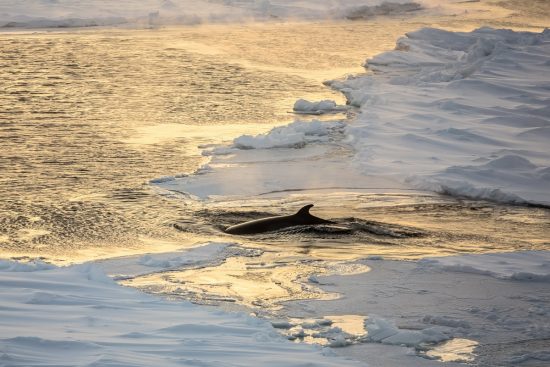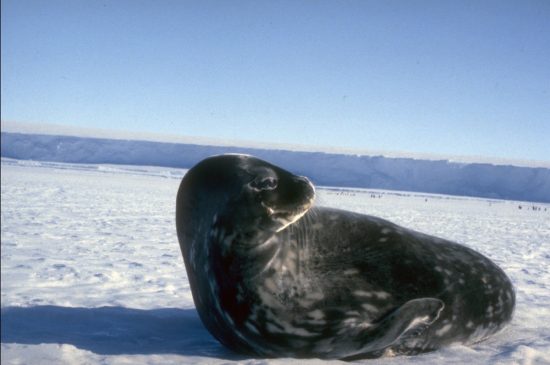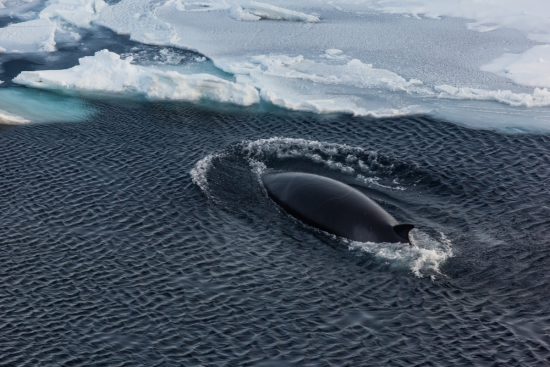




Findings on background sounds in Southern Ocean published
For nearly three years, using underwater recording devices, scientists
have been listening in to a chorus of sounds made by whales and seals in
the Southern Ocean. These sounds have providing new insight into the
natural sounds of the ocean as well as the behaviour and distribution of
these animals.
It is never completely silent in the ocean. Wind and waves create a
continuous sound in the background. There are also sounds from human
activities like shipping or seismic exploration that can sometimes
thunder over the natural sounds. However, the Antarctic remained largely
unaffected due to its isolated location. Because of this, the Southern
Ocean is an ideal location to conduct an acoustic study on marine
mammals and underwater background sounds.
For nearly three years,
scientists from the working group on oceanic acoustics at the Alfred
Wegener Institute, Helmholtz Center for Polar and Marine Research (AWI)
have conducted this study in the Antarctic. Their results are now
published in the Royal Society Open Science journal.
Lead
author Sebastian Menze and colleagues have identified, among other
things, the sounds of leopard seals, Antarctic blue whales, fin whales
and Southern minke whales, within the chorus of monotonous background
sounds.
The animal sounds vary in their timing and pace, thereby
providing fresh insight into the animals' behaviour and distribution.
The sounds of the Southern dwarf whale, for example, follow a 24-hour
rhythm during the winter months of April to July: The recording showed
that the dwarf whales are more vocal during the day. This may be because
their main prey, krill, migrate vertically in an identical day-night
rhythm.
In addition, the scientists also collected data on the cycle of
the animals during the season. For example, Antarctic blue whales
contributed to the sounds all year round, while fin whales and Southern
minke whales did so for only a few months.
The marine
biologists and physicists also discovered how sea ice influenced the
amount of sounds in the Southern Ocean. In the winter months, it is laid
over the ocean like a soundproof carpet: “In Antarctica, it is
remarkably quiet under the ice cover. The sounds no longer comprise
those of physical phenomena like storms or waves, but originate from the
animal world,” said Menze in German.
The acoustic recordings show
that not only the surface of the sea ice plays a role, but also its
concentration and character.
For the study, the scientists
moored two autonomous underwater acoustic recorders in the Atlantic
sector of the Southern Ocean from March 2008 to December 2010, at 217
and 260 metres depth.
It is the first long-term study on underwater
sounds conducted in the higher latitudes of the Antarctic Ocean.
See here for more information
Link to the study
Audio samples (.wav):
Leopard Seal
- Antarctic minke whale
- Blue whale
 Herbert
Herbert 2nd February 2017
2nd February 2017